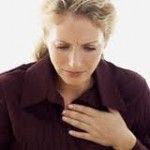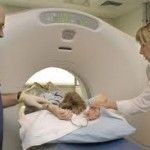Pulmonary Embolism : Symptoms,treatment and prevention
Pulmonary embolism can be understood as a sudden blockage in a lung artery, caused due to blot clot that travel to lungs from the leg.In general cases the clots are small and are not deadly but if clot is large and stops blood flow to the lung,it could be deadly.
Symptoms of Pulmonary Embolism:
The most common symptoms of pulmonary embolism are:
a)Shortness of breadth suddenly.
b)Chest pain that worsens with deep breath,chest movement or coughing.
c)Coughing up blood.
Some other signs are:
a)Anxiety or feeling of dread.
b)Fainting.
c)Rapid breathing.
d)Increased heart rate.
e)Sweating.
e)Lightheadedness.
Causes of Pulmonary Embolism:
Pulmonary embolism is caused due to the blood clot in the leg that further goes to the lungs.Leg clot are formed when blood flow to legs either restricted or slowed down.
This may happen when someone do not move for a long period of time, like :
1)After any type of surgery.
2)Long trip in a car or airplane.
3)Staying in bed for extended period of time.
An air bubble (part of the tumor) ,or any other tissue travels to lungs and causes pulmonary embolism.
Factors that increase the risk for Pulmonary Embolism:
a)Being inactive for long period of time.
b)Diseases such as cancer,heart failure,stroke or any other severe infection.
c)Childbirth or pregnancy.
d)Smoking
e)Taking hormone therapy or birth control pills.
Extremely overweight people also have a risk of developing the disease.Some people are usually born with blood that clots very quickly.
Pulmonary Embolism is little harder to diagnose as it is associated with other common problems such as panic attack or heart attack or pneumonia.Doctor will start the diagnosis by doing physical exam and based on your risk he may suggests some tests that include ultrasound,spiral CT scan,blood test, EKG, ECG or MRI.
The risk of developing pulmonary disease can be reduced and prevented :
i)Start movements as soon as you can after surgery.
ii)Do not sit for long period of time, walk around or flex your feet often.
iii)Drink extra fluids while traveling and avoid alcohol and caffeine.
iv)Follow your doctor.








